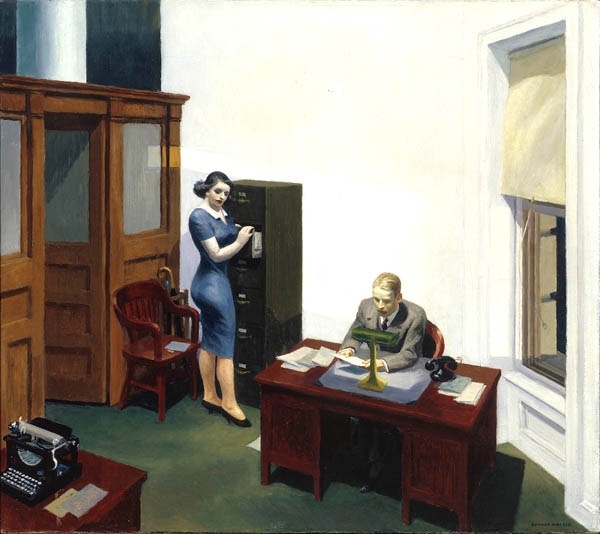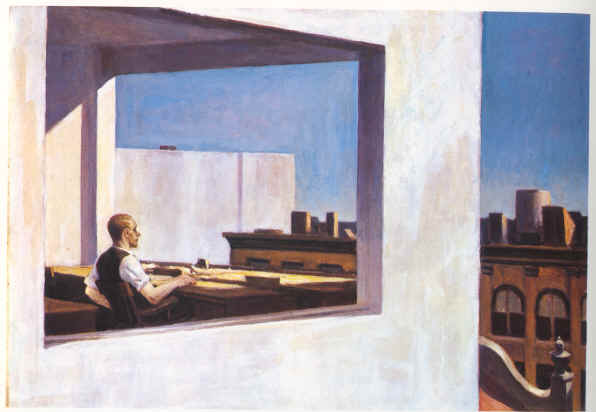You begin with a few simple thoughts. Maybe you’re sad over the closing of a nearby video rental store. Perhaps you’re finding your Netflix subscription wonderful but not perfect. Maybe it’s beginning to strike you that, my God, people sure are growing fatter. Then comes your editor asking, Where the hell’s your piece for this week’s Time magazine? You approach the keyboard where your three thoughts congeal into embarrassingly silly prose — a rant you (or more likely, that exaggerating editor of yours) decide to title, “Why Netflix Stinks.”
What I’m describing is a throw-away piece by Time movie critic Richard Corliss in the magazine’s August 10, 2009, edition. The article is online, here. It’s not worthy of a critic whose elegant and well-argued film reviews I’ve been enjoying for a long time.
Corliss, whose voice is assured and accurate in his film reviews, opens his argument with a strained predicate:
“It’s Friday night, and you want to watch a movie at home with that special someone. You could go to a video store and rent a film, and instantly it’s yours; popcorn extra. Or you could go to Netflix, and the movie will arrive, earliest, on Tuesday. Here’s hoping you had a Plan B for your big date.”
Unless the “special someone” is a stranger picked up in a bar earlier Friday evening, I’m not buying into this scenario. A “special someone” is someone you’ve had conversations with before, maybe even talked about films with, more than once. Why, it could even be a spouse or partner with whom you’ve been sharing a home — and a DVD player. A relationship in which the couple plans things in advance. One or the other makes plans so that beer and toilet paper don’t run out; pays bills in advance of the electricity being shut off; has necessities on hand in advance of the blessed arrival of a quiet weekend. What a concept! Plus, planning in advance turns out to be a widely applicable tool. I bet with practice it wouldn’t be long before the Average Joe is managing a 4-DVD Netflix subscription in a way that places one or more must-see films in the house every Friday evening. Yes: Plan A, all the way.
(Not to shill for Netflix, but you have to wonder why Corliss conveniently forgets that Netflix provides a “Watch Instantly” feature. It streams movies instantly to your computer monitor or TV. Is he looking for an excuse not to watch a movie on his “big date”? [I’m seeing Groucho’s eyebrows flutter at the mention of “Plan B.”] Only in the article’s next to last paragraph does Corliss suddenly remember, Oh yes, you can get thousands of Netflix titles instantly, even on a Friday night. Did he think readers would forget the premise of the piece after reading for two minutes?)
Like some anti-romantic comedy, Corliss’ article goes downhill after that opening “date night” scene, passing over moguls of illogic on its way to a morose finale. He says he has “misgivings” about Netflix’s usefulness compared to that of a well-stocked bricks-and-mortar video store. He warns ominously (cue the theme from Jaws) about “the possibly harmful effect that Netflix may have on American society.”
Well, even Corliss has to concede there is no video store within walking distance of his home, or anyone else’s home in America, that is as well-stocked as Netflix. Yet Corliss waxes nostalgic for video stores that once had movies “you could see right away” — conveniently forgetting those fun times when a cassette, previously rented by an irresponsible viewer, would require you to spend precious time rewinding to its playable start; not to mention those countless instances when the tapes and DVD’s were defective and unwatchable.
In a segment of the article captioned, “Wait Time: Eternity” (you hope that was the editor’s dumb idea, not the author’s), Corliss complains Netflix sometimes has a “wait” time for unexpectedly popular titles (he cites the scarcity of the 1974 Taking of Pelham One Two Three in the wake of the remake this summer). Yet he fails to acknowledge a video store’s shelves would in those circumstances similarly disappoint the instant-gratification crowd. He says the Netflix folks “sometimes” don’t put the correct movie in your envelope, and later in the piece he ratchets up the irate rhetoric by referring to “botched orders.” I don’t know: that’s never happened to me under my Netflix subscription.
Corliss yearns for happy days of yore spent visiting his local video store, befriended by a “budding Quentin Tarantino, eager to point renters toward some arcane masterpiece from Italy or Hong Kong.” Earth to Corliss: There’s a reason the lapel-grabbing Quentin Tarantino and obsessive video-store clerks of his ilk are objects of derision and the butt of jokes. If Tarantino is the face, the voice, and the personality Corliss sees when ruminating on halcyon days, what can you say — other than chacun à son goût.
At the finale, Corliss’ thoughts enter the mishagoss zone, where he goes for broke — pushing the nuclear option, as it were. He takes a page from the inimitable Craig Ferguson, shouting: “I’ve figured it all out: why everything sucks!” For Corliss, Netflix is why. It’s Netflix that’s making us passive, inert, fat and flabby.
Time for Congress and the President to act?




